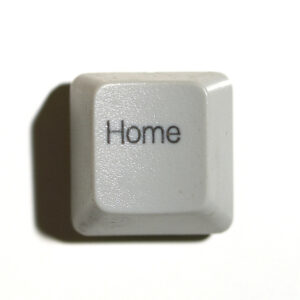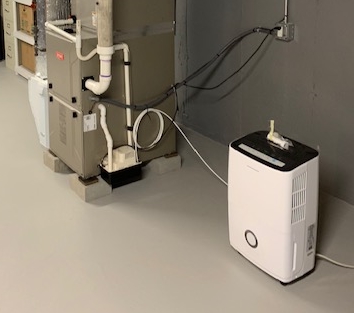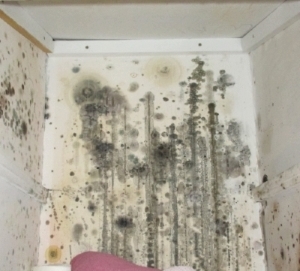The attic is one area of the home that is very likely to be neglected or ignored. Since attics are often “out of sight, out of mind”, they can easily become a hotbed for mold. Roof leaks, poor ventilation, and other condensation related problems are some of the most common causes of excessive attic moisture and mold growth. Unattended mold in your home attic space can reproduce, leading to potential structural deterioration. However, with proper care, you can help prevent the growth of mold in your attic.
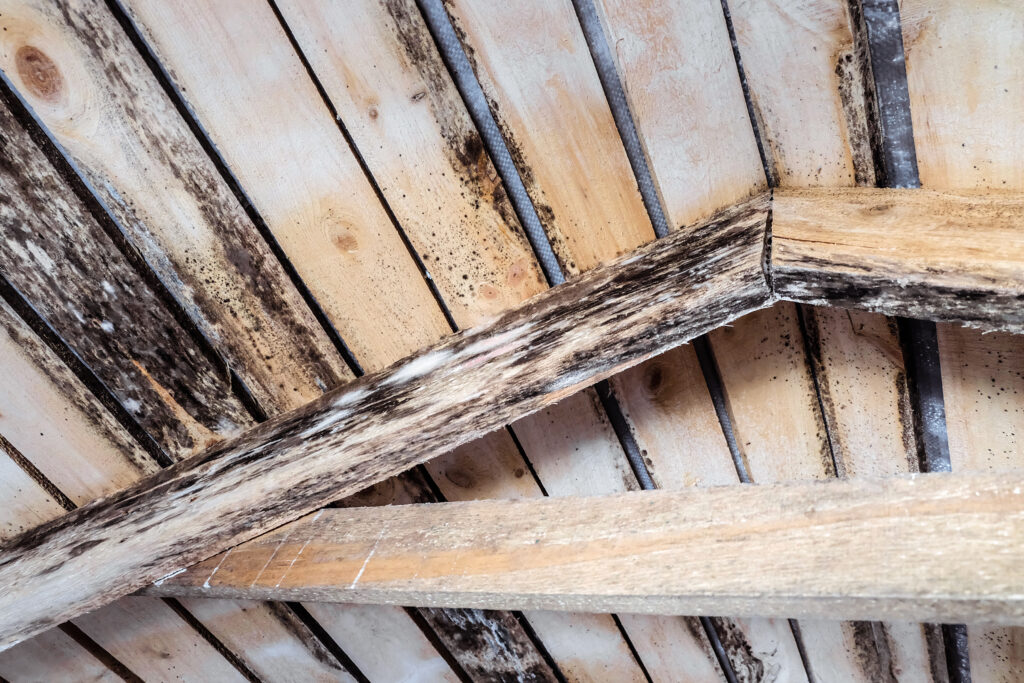
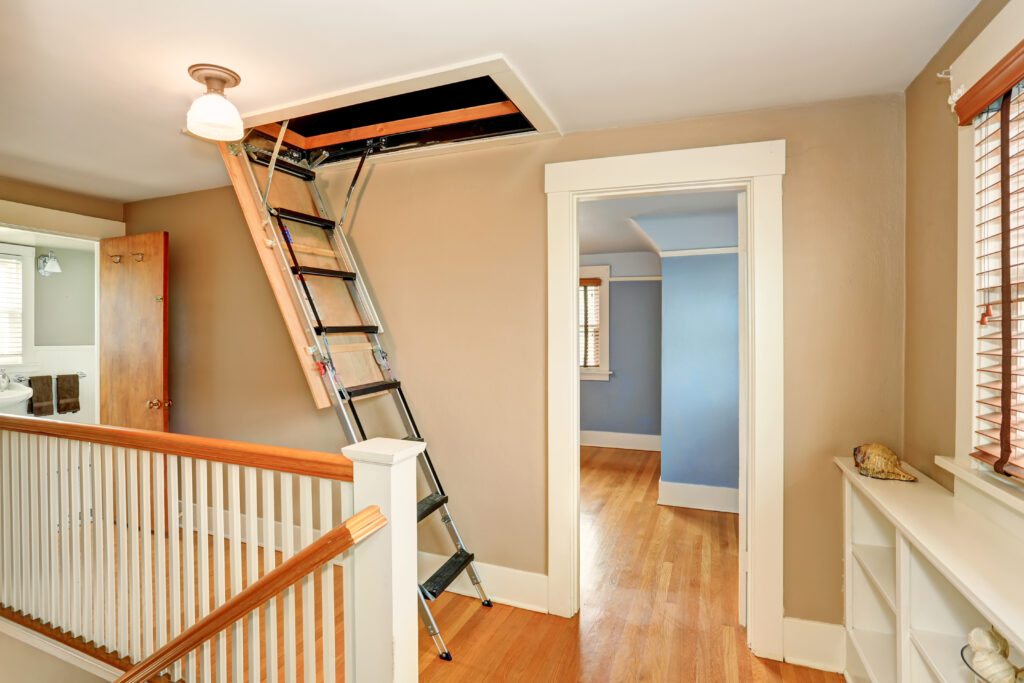
Here Are Some Tips On How to Maintain a Mold-Free Attic
Inspect Your Attic Monthly
Check regularly for rook leaks that may produce moisture. This is the best way to ensure that a leak does not go unnoticed for too long. Inspect the insulation and wood for discoloration, as discoloration may be a sign of water damage.
Check for wet areas in roof valleys (where two roofs join at an angle). These areas are highly susceptible to rook leaks and may lead to excess water and moisture damage if not properly fixed.
Ensure Proper Attic Ventilation
Without adequate ventilation, moisture levels in your attic may significantly increase. This is particularly important in the winter, when warm air rises to the ceiling, enters the attic, and condenses on the cold surfaces. Proper ventilation, using rafter vents and soffits, allows the heat and moisture to escape. Constant air exchange will keep attic humidity low and significantly reduce the chance for mold growth.
Ensure Proper Insulation Installation
Attic insulation controls the temperature and moisture levels by preventing warmer air from penetrating into the colder attic. Ensure that the insulation of the floor, heating ducts, and other regions and surfaces are adequately insulated, and that the insulation is in good shape.
Do not over insulate. Your roof needs a certain amount of heat to reach it so it can dry out the moisture in the air. By adding too much insulation, your cold attic may mix with wet winter air and produce mold growth.
Vent Appliances Directly to the Outside
Make sure that your dryer, kitchen, and bathroom vents are vented to the outside of your home and not in the attic. Each appliance and vent should have its own dedicated port to transport the hot air outside. Otherwise, your ventilation system could be overwhelmed and not maintain moisture levels efficiently.
For all your mold remediation services, give Whalen Restoration Services a call at (508) 760-1911, or check out our website for more information.
